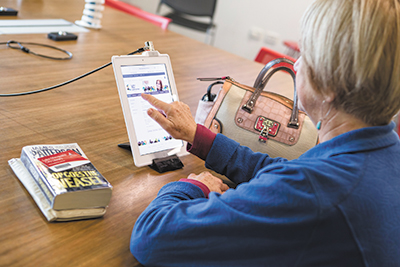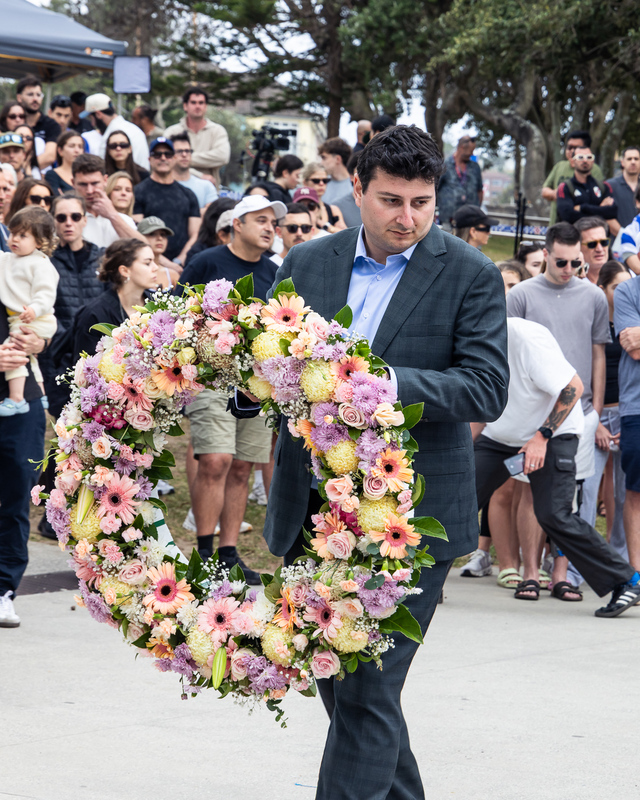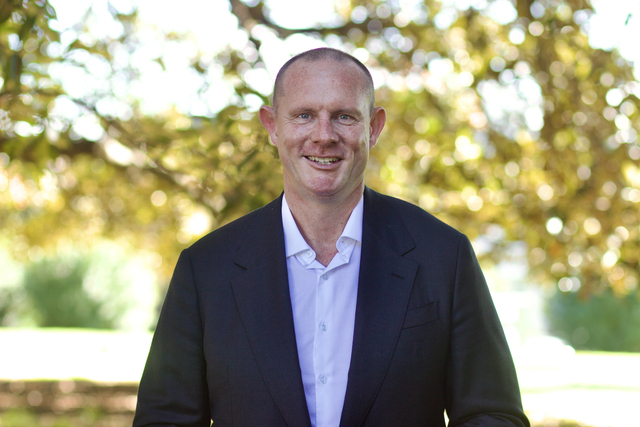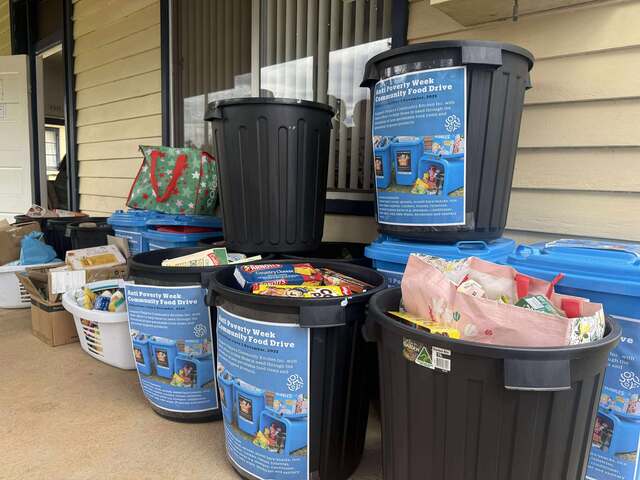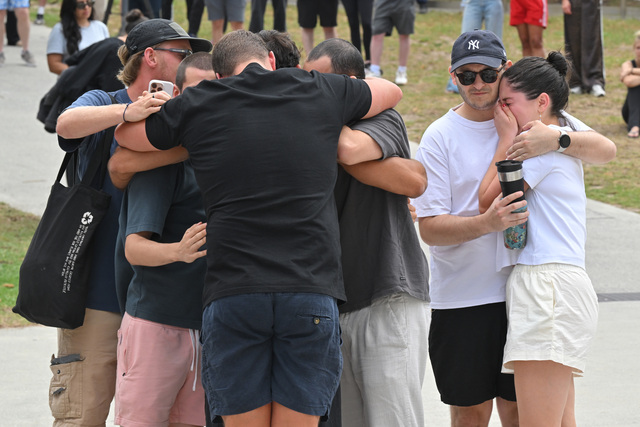Australian cities and regions – such as the Hunter in New South Wales – are becoming part of a global push to become technologically smarter.
In early November a Dutch trade delegation – including Her Majesty the Queen of the Netherlands – paid a visit to the Hunter region of New South Wales.
Local business leaders and local government representatives converged, and, under the watch of the Queen, Lake Macquarie City Council signed a Memorandum of Understanding (MoU) with the Smart City and Community Coalition (GSC3), a program led by the Dutch government.
The GSC3 aims to connect cities and local governments around the world that are making moves to put “smart” technology at the forefront of their community planning.
The Hunter region is developing a strong grounding in the innovation sector, with both Lake Macquarie City Council and the City of Newcastle emphasising the need to embrace “smart” technology in council operations and across their communities.
The large-scale Hunter Innovation Project (HIP) aims to build the “smart city” infrastructure necessary for the regional city to become one of Australia’s largest digital hubs.
A partnership between Newcastle City Council, the University of Newcastle, and Newcastle Now and Hunter DiGiT, the project is set to roll out technologies including Wi-Fi, smart parking and lighting; a digital precinct with high speed broadband will also be established and an innovation hub will aim to encourage research and incubate ideas within the region.
This mirrors what is already happening in cities around the world, in cities like Amsterdam and Rotterdam and other members of the GSC3.
As well as Lake Macquarie, the City of Ipswich, Adelaide City Council, the ACT and the Greater Sydney Commission, recently signed up to the network to share knowledge with international counterparts.
President of the Australian Smart Communities Association, Michael Whereat, said there is a strong push towards councils adopting “smart” technology in Australia.
Examples of technologies already in play across the country include: smart parking – which uses sensors to guide drivers to spare parks; bins that collect data on the amount of waste and hence reduce the need for collection; and solar-powered waste compactors. Mobile tablets in the field are also becoming commonplace – allowing council workers to send instant data back to the office and improving processing times.
A challenge is funding the uptake of new technologies, but Mr Whereat said often it makes long-term financial sense to move to digital practices.
“With the Internet of Things, we are digitising our cities,” he said, and at the same time, finding solutions that “can deliver really tangible operational savings”.
Sharon Pope, Manager Integrated Planning at Lake Macquarie City Council, said her council adopted an all-of-council approach when developing its Lake Mac Smart City, Smart Council Digital Economy Strategy 2016-2020, which was implemented earlier this year.
“With the prospect of high speed broadband, we wanted to be sure that Council was prepared to take up opportunities that might present themselves but also to make sure that our community was ready as well,” she said.
After close consultation with the community – especially local small businesses – a number of community requirements were established, including the need to make sure seniors were digitally savvy and the benefits of providing open data to the public.
“If the data is out there you will be surprised by what people can do with it,” said Ms Pope. “It can actually help people promote their business; it can help us attract businesses to our Council.”
Council also set up a co-working space with high-speed internet, which Ms Pope said “has enabled a couple of startup businesses to locate in Charlestown or at least stay in the Hunter and not have to go to Sydney to do their business”.
Internal consultation established that the council was already starting to adopt new technology, but without a cohesive strategy.
“That was a really important outcome of this project,” said Ms Pope, “the awareness raising across the organisation of what the different departments were doing and how they were utilising digital technology to deliver services or to improve efficiencies and then how other departments might be able to do the same.”
Partnerships with business and the community have also proved vital to help source ideas.
A number of Australian councils now host open hacking events, encouraging residents to use council data to build apps and programs that solve a problem or serve a community need.
Ms Pope agreed a challenge in transitioning to digital solutions is financing the implementation of the technology, but that, as the cost of things like sensors comes down, it will become easier.
Mr Whereat, who also leads the Smart City program at the Sunshine Coast Regional Council, said that opportunities are not just relegated to cities.
Smaller communities outside of urban areas can also adopt smarter solutions, he said, by “not necessarily using a big city approach, but finding more tailored solutions such as putting in Wi-Fi… and looking at things that can be digitised and asking, ‘How we can reduce the cost of operations?’”
Elsewhere across the country, the City of Adelaide is also pushing to be at the forefront of smart innovation and help spur investment in South Australia.
Next year the City will host the Australian Smart Communities Association conference, which is scheduled to be held in May.

